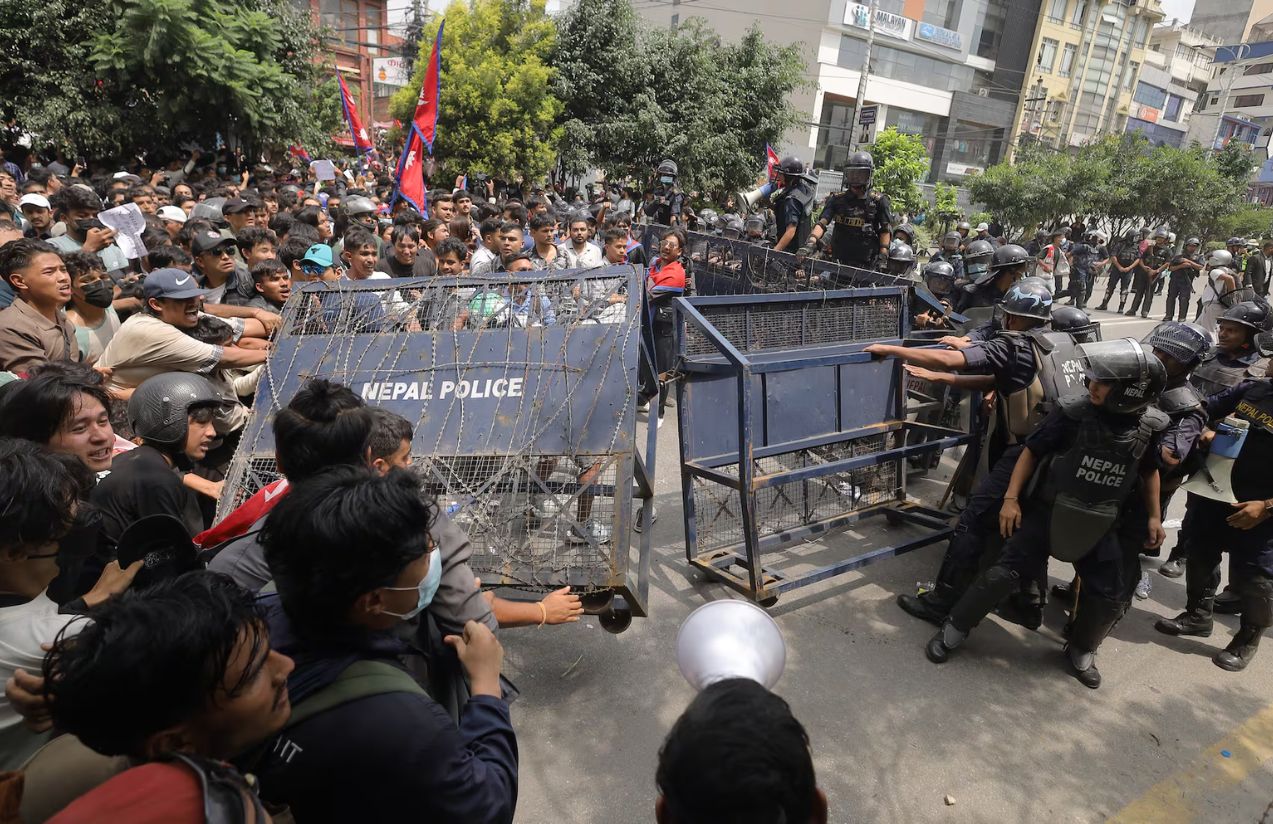Nepal has lifted its controversial ban on major social media platforms, including Facebook, X, and YouTube, after violent protests led by “Generation Z” left at least 19 people dead and more than 100 injured. The demonstrations erupted after the government blocked 26 platforms for failing to register under a new regulation aimed at imposing local oversight.
The protesters, mostly young people frustrated by corruption, lack of economic opportunities, and censorship, clashed repeatedly with security forces. In Kathmandu, tensions escalated when police opened fire near Parliament, prompting the swift imposition of curfews.
Amid growing pressure, Prime Minister K.P. Sharma Oli announced his resignation. At the same time, the government reversed the ban and promised compensation to the families of victims, as well as medical care for the injured. An independent investigative panel will also be formed and is expected to deliver its recommendations within 15 days.
Why did this protest movement become a turning point?
Because it exposed the deep discontent of the younger generation with corruption and authoritarianism. Beyond the digital blockade, the movement transformed into a powerful platform demanding accountability, transparency, and political reforms.

